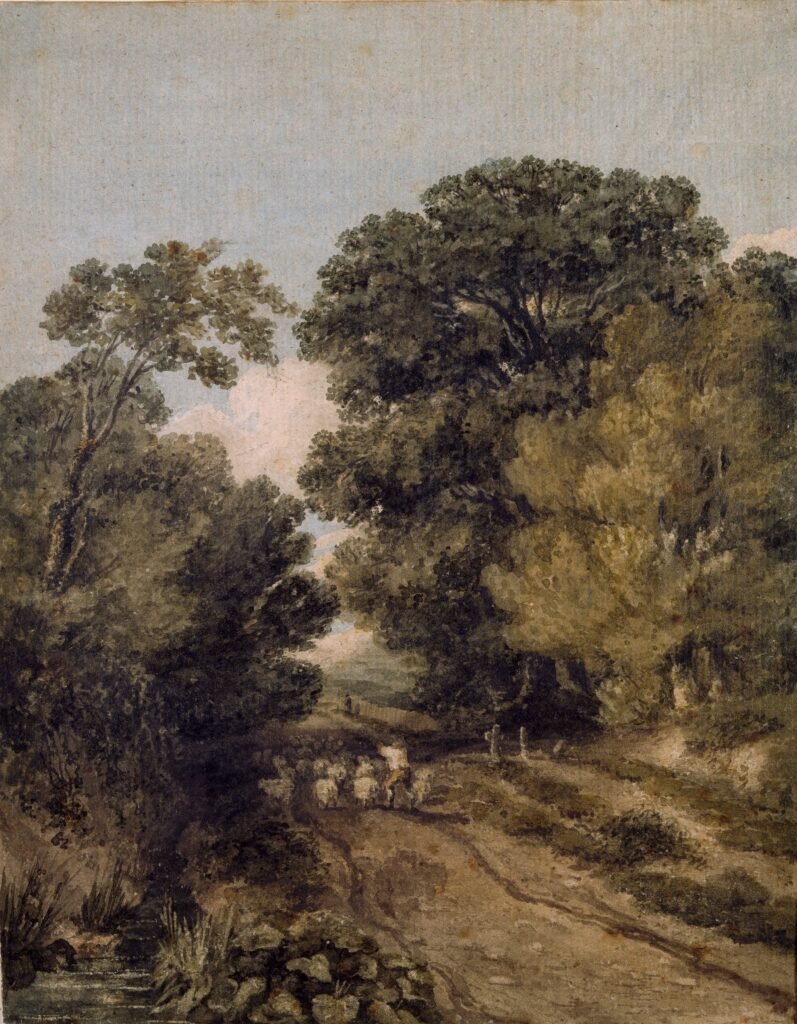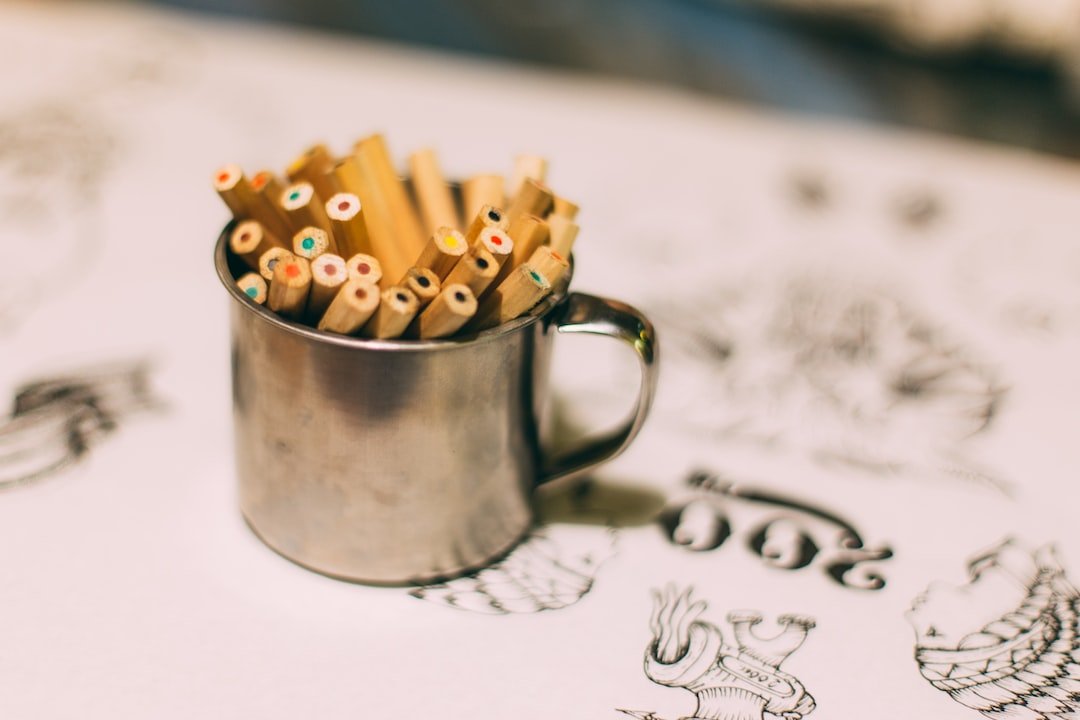If you’ve ever wanted to learn how to create your own unique coloring pages, you’re in luck! In this article, we will show you the step-by-step process of drawing coloring pages, allowing you to express your creativity and create beautiful designs. Whether you’re an aspiring artist or just looking for a fun and relaxing activity, this guide will provide you with all the tips and tricks you need to start drawing your own coloring pages. So grab your pencils and let’s get started on this artistic journey!
Materials Needed
To create your own coloring pages, you will need a few basic materials:
Pencils
Pencils are essential for sketching and outlining your design. Look for a set that includes a variety of pencil grades, such as HB, 2B, and 4B, to allow for different levels of shading and detail.
Paper
Choose a high-quality, thick paper that can handle markers and colored pencils without bleeding through. Look for paper specifically designed for coloring or drawing.
Eraser
Having a good eraser is important to fix any mistakes or remove unwanted pencil lines. Look for a soft eraser that won’t damage the paper.
Markers or colored pencils
Decide whether you want to color your drawings with markers or colored pencils. Markers provide vibrant colors and smooth coverage, while colored pencils give you more control and the ability to layer and blend colors.
Choosing a Subject
The first step in creating a coloring page is to choose a subject. Here are some popular options to consider:
Children’s Characters
If you have a favorite cartoon character or superhero, why not create a coloring page featuring them? Children will love coloring their favorite characters and bringing them to life with their own creativity.
Nature Scenes
Draw inspiration from the beauty of nature by creating coloring pages depicting landscapes, flowers, or peaceful outdoor scenes. These can be a great way to relax and create a calming coloring experience.
Animals
Animals are a perennial favorite for 색 페이지. Whether it’s domestic pets or wild animals, drawing a cute or majestic creature can appeal to both kids and adults.
Objects
Everyday objects can also make interesting 색 페이지. From household items to vehicles, the possibilities are endless. You could even create a coloring page based on your favorite hobby or passion.

Gathering Reference Images
Before you start sketching, it’s helpful to gather reference images to inspire your coloring page design. Here are a few ways you can find reference images:
Online Search
Search for images online related to your chosen subject. You can find a wide range of pictures on search engines or websites that provide royalty-free images. Save your favorite images to use as references.
Books and Magazines
Visit your local library or bookstore to find books and magazines with images related to your chosen subject. Flip through the pages and take note of any designs or ideas that catch your eye.
Personal Photographs
If you have personal photographs that fit your chosen subject, use them as references. This adds a personal touch to your coloring pages and allows you to create something unique.
Creating the Sketch
Once you have chosen a subject and gathered reference images, it’s time to start sketching your coloring page. Follow these steps to create a strong foundation for your artwork:
Choose the Position and Composition
Decide on the placement and arrangement of your subject on the page. Consider factors such as balance and visual interest. Play around with different ideas before settling on a composition that you are happy with.
Outline the Basic Shapes
Begin by lightly sketching the basic shapes of your subject. Use simple geometric shapes like circles, squares, and triangles to construct the overall form. This step will help you establish proportions and ensure accuracy.
Add Details and Features
Once you have the basic shapes in place, start adding details and features to bring your subject to life. Pay attention to textures, patterns, and any unique characteristics that make your subject distinct.

Inking the Lines
Once you’re satisfied with your sketch, it’s time to ink the lines to create a bold outline for your coloring page. Here’s how to do it:
Using a Fine-tipped Pen or Marker
Choose a fine-tipped pen or marker to trace over your pencil lines. This will create crisp and clean lines that are easy to see and color.
Tracing Over the Pencil Lines
Carefully trace over your pencil lines with the pen or marker, going over the outlines and adding any additional details that you want to emphasize.
Cleaning Up any Smudges
If there are any smudges or stray marks from the pencil sketch, use an eraser to clean them up before proceeding to the next step. This will ensure that your ink lines are clear and free from distractions.
Erasing the Pencil Lines
Now that you have inked your lines, it’s time to remove the pencil guidelines. Follow these steps to erase the pencil lines without damaging the ink:
Using a Soft Eraser
Choose a soft eraser that won’t leave marks or damage the paper. Gently erase the pencil lines, taking care not to smudge or smear the ink lines.
Be Gentle to Avoid Damaging the Ink Lines
Take your time and use a light touch when erasing the pencil lines. Applying too much pressure can smudge the ink or even tear the paper, so be careful and gentle in this step.

Adding Shadows and Highlights
To add depth and dimension to your coloring pages, you’ll want to incorporate shadows and highlights. Follow these steps to create realistic shading:
Identify Light Source
Consider where your light source is coming from. This will determine where the shadows and highlights should be placed.
Use Cross-Hatching for Shadows
To create shadows, use cross-hatching, which involves drawing closely spaced lines in one direction and then layering more lines in a different direction over them. This technique adds depth and volume to your drawings.
Blend Colors Smoothly for Highlights
To create highlights, use a lighter shade of your chosen color and blend it smoothly into the surrounding areas. This will create a natural-looking glow and make your artwork pop.
Coloring the Page
Now comes the fun part – coloring your drawing! Follow these steps to bring your coloring page to life:
Choose Your Color Palette
Decide on the colors you want to use for each element of your drawing. You can create a harmonious color scheme by selecting colors that are close to each other on the color wheel, or you can use complementary colors for a bold and contrasting effect.
Start with the Background
Begin coloring the background first, working from the farthest point to the closest. This will create a sense of depth in your coloring page.
Color in the Rest of the Elements
Continue coloring the different elements of your drawing, referring to your reference images for guidance. Use shading and blending techniques to add depth and realism to your coloring page.
Adding Texture and Patterns
To make your coloring page more interesting and visually appealing, consider adding texture and patterns. Here’s how:
Experiment with Strokes and Shading
Vary your pencil or marker strokes to create different textures. Use hatching, cross-hatching, stippling, or even swirling motions to add depth and interest to your coloring page.
Incorporate Patterns for Interest
Patterns can add a unique touch to your coloring page. Whether it’s simple lines, dots, or intricate designs, adding patterns can make your artwork stand out and create visual interest.
Sharing and Enjoying Your Coloring Page
Once you’ve finished coloring your page, it’s time to share and enjoy your artwork. Here are a few ideas:
Digitally Share Online
Take a photo or scan your coloring page and share it on social media platforms or online communities dedicated to art. Share your process and inspire others to create their own coloring pages.
Print and Distribute to Friends and Family
Print multiple copies of your coloring page and give them as gifts to friends and family. This is a thoughtful and personal way to share your artwork and spread joy.
Frame or Display Your Artwork
Consider framing your finished coloring page and displaying it in your home or workspace. It’s a great way to showcase your creativity and remind yourself of the joy that coloring brings.
Now that you have all the steps and tips to create your own coloring pages, it’s time to unleash your creativity and enjoy the process of bringing your drawings to life with color! Happy coloring!
















